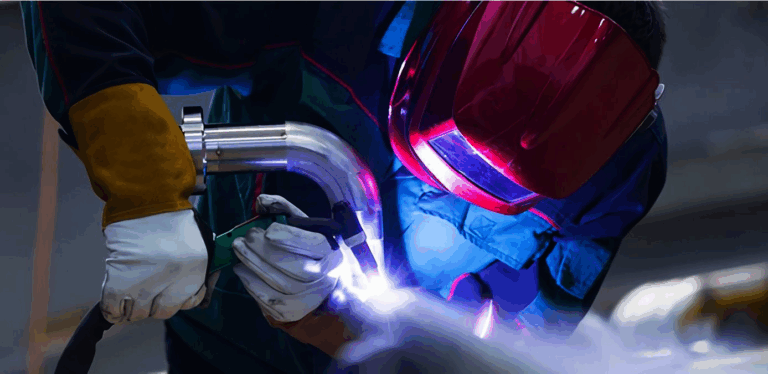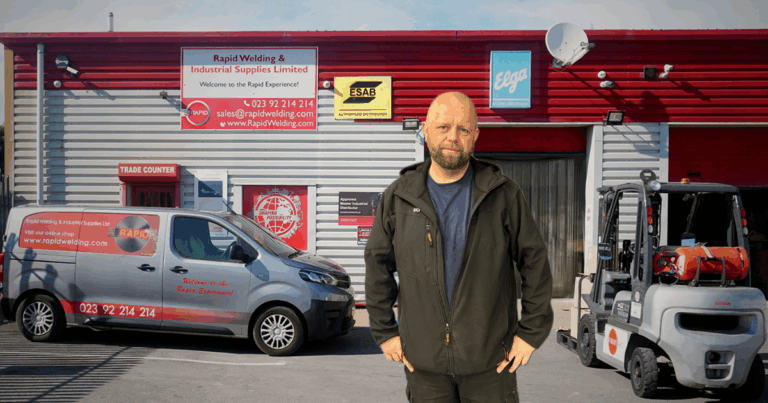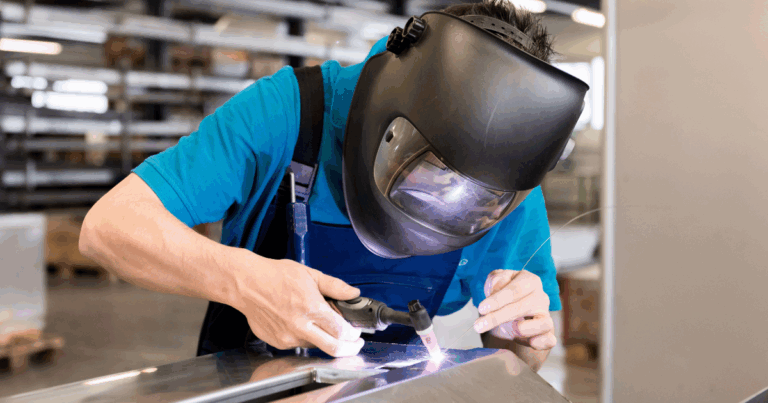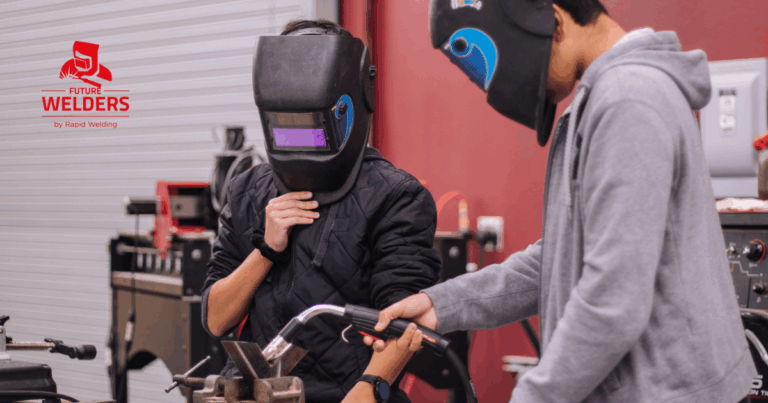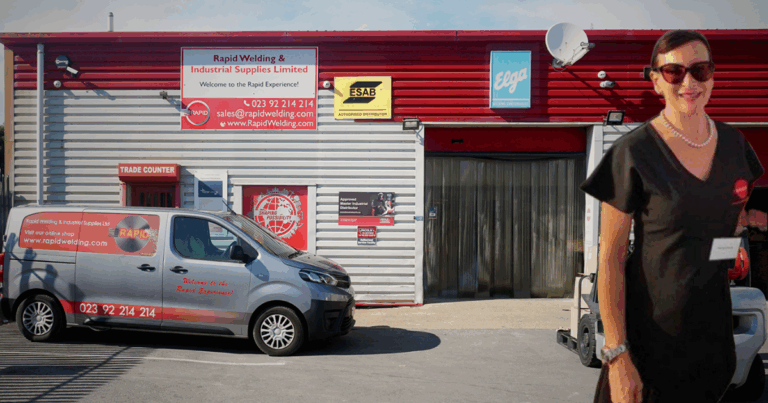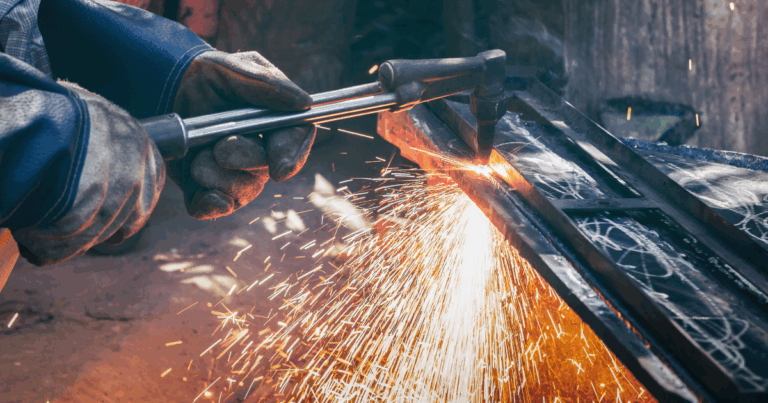Deciphering Welding Symbols & Abbreviations
The use of symbols on engineering drawings helps to communicate design specifics of a project to the welder and all involved. For this reason, it is important that everyone knows and understands the weld symbols in order to achieve the correct end result. To help with uniformity, there are a number of standards relating to weld symbols including the British (BS EN 22553), European, International and American (American Welding Society) standards, details of which often overlap, but still need to be consulted individually depending on which standard is being used.

In its simplest form, a weld on an engineering drawing is identified by an Arrow pointing to the joint, a Reference Line annotated with letters, numbers and symbols indicating the area to be welded and the weld process and specification, and a Tail, detailing additional information relating to the welding process.
Table of Codes pertaining to welding processes:
| ARC WELDING | CODE |
| Atomic Hydrogen Welding | AHW |
| Bare Metal-Arc Welding | BMAW |
| Carbon-Arc Welding | CAW |
| Flux Cored-Arc Welding | FCAW |
| Gas Carbon-Arc Welding | GCAW |
| Gas Metal-Arc Welding | GMAW |
| Gas Shielded Stud Welding | GSSW |
| Gas Tungsten-Arc Welding | GTAW |
| Shielded Carbon-Arc Welding | SCAW |
| Shielded Metal-Arc Welding | SMAW |
| Stud Welding | SW |
| Submerged Arc Welding | SAW |
| Twin Carbon-Arc Welding | TCAW |
| BRAZING | |
| Block Brazing | BB |
| Dip Brazing | DB |
| Flow Brazing | FLB |
| Furnace Brazing | FB |
| Induction Brazing | IB |
| Resistance Brazing | RB |
| Torch Brazing | TB |
| Twin Carbon-Arc Brazing | TCAB |
| Flow Welding | FLOW |
| FORGE WELDING | |
| Die Welding | DW |
| Hammer Welding | HW |
| Roll Welding | RW |
| GAS WELDING | |
| Air-Acetylene Welding | AAW |
| Oxy-acetylene Welding | OAW |
| Oxy-hydrogen Welding | OHW |
| Pressure Gas Welding | PGW |
| Induction Welding | IW |
| THERMIT WELDING | |
| Non-pressure Thermit Welding | NTW |
| Pressure Thermit Welding | PTW |
| RESISTANCE WELDING | |
| Flash Welding | FW |
| Upset Welding | UW |
| Percussion Welding | PEW |
Other symbols which might be encountered on the reference line are indicators for Automatic (AU), Semi Automatic (SA), and manual (MA) welding methods.

